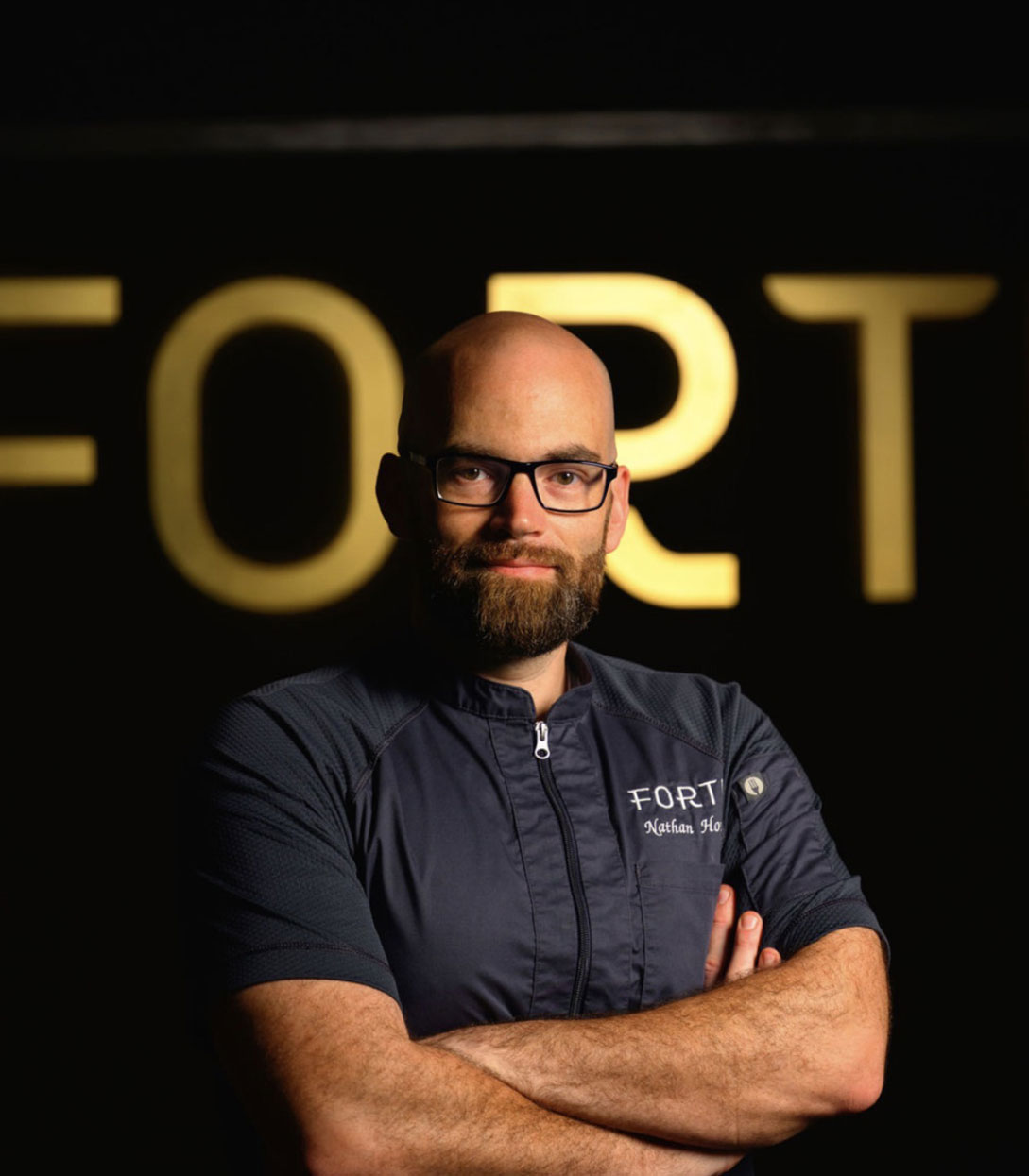Would you know a bain-marie from a beurre manié, or a belanga from belacan? Brush up on your food terminology with us, from commonplace colloquialisms to obscure obsessions, as we demystify culinary lingo in our fortnightly Kitchen Language section.
Stir frying, the cornerstone of Cantonese cooking, is all about wok hei, that complex charred aroma that fleetingly cloaks the piping-hot stir-fries served in Cantonese restaurants. The hallmark of an outstanding chef, wok hei - literally translated as ‘breath of a wok’ - results from a complex interplay of factors that is part science, part art, part magic.
How do you get it?Traditional woks are made from cast iron or crude iron, and must be seasoned with oil or pork fat before use. With regular use the wok develops a patina of hardened oil that seals off the pores in the steel, preventing food from sticking.
Wok hei can only be achieved under conditions of intense heat, at levels that are difficult to achieve without a commercial cooking range. The wok should always be heated until it just begins to smoke before adding cold oil. Never heat up the oil together with the wok or the food will stick and begin to char.
In a classic stir-fry, the food has to be tossed about non-stop. Exceptional chefs demonstrate their skill by momentarily tossing the cooking flames into their woks. Never crowd the wok with too much food or temperatures will plummet and the food will end up being steamed.

The basis of wok hei is the smoky flavour resulting from caramelisation of sugars, maillard reactions, and smoking of oil — all at temperatures well in excess of traditional western cooking techniques. When individual food pieces or grains of rice are tossed about in this inferno, the searing heat blasts away excess moisture, drying out the surface of the food for maximum caramelisation. The patina of a seasoned wok is made up of polymerised fats, which impart even more charred wok hei aroma during the cooking process.
Usage“I tried to recreate my favourite hawker’s beef hor fun (links to article about Singapore noodles) by frying it on my induction stove at home, but it didn’t have any wok hei at all.”














